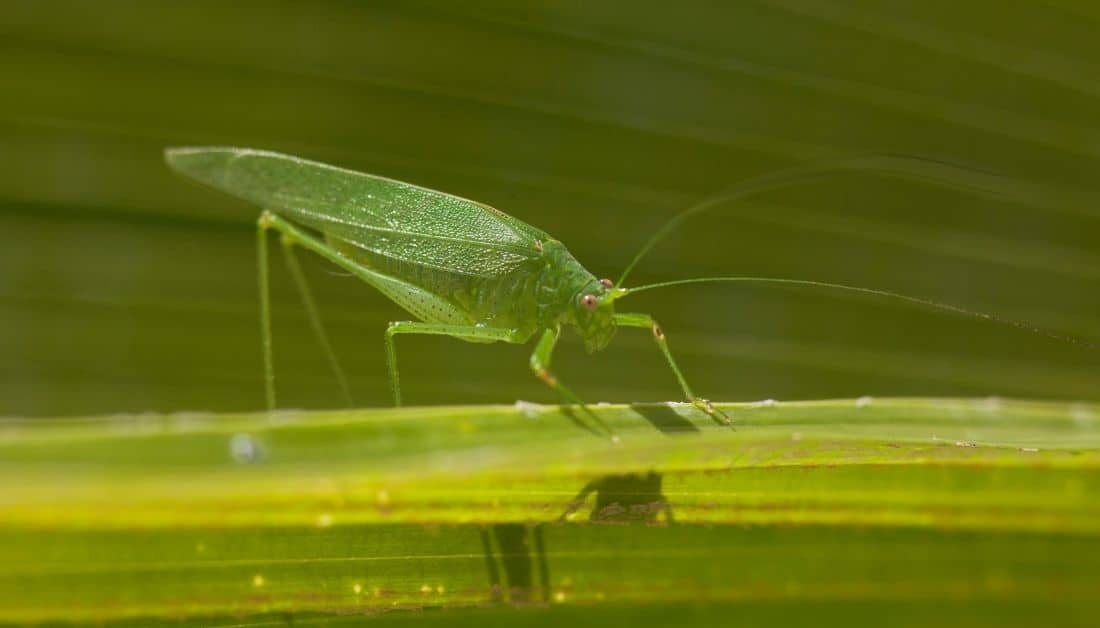Have you ever been bitten by a mysterious little green bug? Many tiny green insects can deliver irritating or painful bites if they come into contact with human skin. Identifying the culprit bug is key to avoiding future bites and providing proper treatment. This comprehensive guide covers common little green biting bugs, symptoms, and remedies.
Common Small Green Biting Bugs
Many types of tiny green insects occasionally bite humans, especially if trapped against skin or handled Some of the most common include
-
Leafhoppers – Wedge-shaped jumper bugs that pierce leaves to feed on sap. Green leafhopper nymphs are only 3-4 mm long.
-
Aphids – Pear-shaped, soft-bodied insects that insert needle-like mouthparts into plants for sap. Most are green but some pink or black.
-
Thrips – Slender bugs under 2 mm long that rasp and suck juices from plants. Some are green but vary in color.
-
Assassin bugs – Predatory insects like the 12-18 mm long pale green assassin bug or ambush bug.
-
Caterpillars – Larval stage of butterflies and moths. Some inchworms and loopers are pale green.
-
Flea beetles – Tiny oval leaf-eating beetles under 5 mm long. The alfalfa flea beetle is shiny pale green.
-
Stink bugs – Shield-shaped bugs like the green stink bug which emit odor when threatened. Around 12-17 mm long.
The above bugs won’t deliberately bite but may do so in self-defense if pressed against skin. Usually no venom is injected, but saliva or irritating secretions may cause mild reactions for sensitive individuals.
Symptoms of Bites by Small Green Insects
Here are the typical symptoms experienced after being bitten by little green biting bugs:
-
Mild stinging/pinching – Bugs have small, sharp mouthparts to pierce skin. Bites usually aren’t very painful.
-
Tiny red spot – A small red mark may surround the bite site and swelling is minimal.
-
Itching – Bites can provoke mild itching lasting a day or two, especially if you scratch them.
-
Numbness/burning – Irritating compounds in some bug saliva may cause these temporary sensations.
-
Allergic reaction – Rarely, highly sensitive individuals may react more severely with significant swelling or hives.
Reactions tend to be mild since most small green biting insects don’t carry diseases or inject venom. The bites are intended to startle and provide an escape versus doing real damage.
First Aid for Bites from Little Green Bugs
Use the following first aid tips to treat bites from small green insects:
-
Clean bite with soap and water to remove irritants and prevent infection.
-
Apply a cold pack or cloth soaked in cold water to help reduce swelling and itching.
-
Take an antihistamine containing diphenhydramine to relieve itching.
-
Apply hydrocortisone cream to lessen inflammation.
-
Monitor for signs of infection like pus, expanding redness, or fever and see a doctor if concerned.
-
Seek medical care if you experience a severe reaction with extensive swelling, trouble breathing, or other concerning symptoms.
Most small green bug bites can be treated easily at home with basic first aid and over-the-counter medications. Seek medical attention promptly if bite symptoms seem severe or persist longer than a couple days.
Preventing Bites From Tiny Green Bugs
Here are some tips to avoid being bitten by little green insects when outdoors:
-
Avoid handling green bugs you encounter. Knock them off gently versus crushing.
-
Check clothing and exposed skin after being outside and brush off any hitchhikers.
-
Use insect repellent containing DEET, picaridin, or oil of lemon eucalyptus when outside.
-
Wear lightweight, light colored long sleeves and pants to cover skin while outdoors.
-
Eliminate standing water breeding sites. Fix gaps in screens. Don’t leave lights on overnight.
-
Inspect plants, trees, and structures for infestations and spray insecticide if needed.
With vigilance and proper precautions, bites from mysterious little green bugs can be prevented. Now you know what to do if one of these sneaky insects catches you off guard!
Most Common Small Green Biting Bugs
Here is a summary of some of the most likely little green culprits if you suffer a bite:
-
Green leafhoppers – Widespread in gardens. Jumpy bugs that pierce and suck sap.
-
Green peach aphids – Pear-shaped sap sucking pests of veggies and flowers.
-
Green apple aphids – Curled, soft-bodied sucking insects that cluster on new growth.
-
Western flower thrips – Slender bugs under 2 mm that rasp and feed on plants.
-
Cabbage loopers – Plump green inchworm caterpillars of white moths.
-
Alfalfa flea beetles – Tiny shiny pale green leaf-eating beetles.
-
Green stink bug nymphs – Young stink bugs with a shield shape and underside piercing mouthpart.
Identify the small green bug culprit, apply first aid, and take precautions to avoid future sneaky bites by little green insects!
What Bit Me? Spot These 12 Bug Bites
FAQ
What is a green bug that bites?
Are pale green assassin bugs harmful?
What are the tiny green gnats that bite people?
What are the tiny little green bugs?
- A Complete Guide to Caring for Yuki Cherry Blossom Shrub - January 23, 2025
- Identifying Red Hot Poker Seeds: What to Look For When Harvesting Torch Lily Pods - January 23, 2025
- A Complete Guide to Harvesting Evening Primrose Seeds - January 23, 2025

